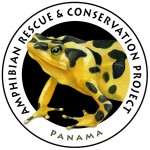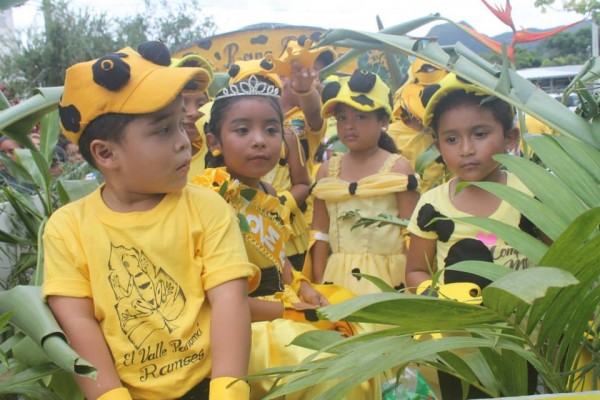25 November, 2014, Madrid. The Panama Amphibian Rescue and Conservation (PARC) project was awarded the IX BBVA Foundation’s Biodiversity Conservation Award for Latin America, which recognizes projects, policies or actions that have had significant impact on the protection of habitats, species and ecosystems in Latin America. Our project was chosen among approximately 30 nominations for its achievements in saving critically endangered amphibians in Panama and globally through research, rescue and outreach.
The award, made on Nov 25th at the Palacio del Marqués de Salamanca in Madrid, Spain includes a prize of 250,000 Euros (approx. $323,000). The award was made to STRI’s Roberto Ibáñez, director of the Panama Amphibian Rescue and Conservation Project, Heidi Ross, director and co-founder of the El Valle Amphibian Conservation Center, Sharon Ryan, STRI’s director of public programs and the Smithsonian Conservation Biology Institute’s Brian Gratwicke who is the international coordinator of the amphibian rescue project.
 PARC was created in 2009 as a partnership of eight institutions, in response to the massive loss of Panama’s amphibian biodiversity due mainly to the chytrid fungus, and has several key goals: prevent species extinctions by establishing ex-situ assurance colonies of endangered amphibians threatened with extinction from a deadly fungus decimating amphibians worldwide; develop tools to mitigate the disease and lead to reintroductions in the wild; and, engage constituents to support conservation of amphibians and habitats.
PARC was created in 2009 as a partnership of eight institutions, in response to the massive loss of Panama’s amphibian biodiversity due mainly to the chytrid fungus, and has several key goals: prevent species extinctions by establishing ex-situ assurance colonies of endangered amphibians threatened with extinction from a deadly fungus decimating amphibians worldwide; develop tools to mitigate the disease and lead to reintroductions in the wild; and, engage constituents to support conservation of amphibians and habitats.
The founding organizations include Africam Safari, Houston Zoo, Cheyenne Mountain Zoo, New England Zoo, Smithsonian Conservation Biology Institute, Defenders of Wildlife and the Smithsonian Tropical Research Institute.
To date, we have invested $1.5 million to build two ex-situ facilities in Panama, bred more than 10 endangered amphibian species, including the Panamanian Golden Frog, a conservation flagship species now extinct in the wild. Our scientists actively monitor disease and frog populations in the wild, use the latest molecular tools to find beneficial skin bacteria to help frogs fight chytridiomycosis infections, research genetic mechanisms of chytrid resistance in Panamanian Golden Frogs, and develop assisted reproduction technologies to breed frogs in captivity and cryopreserve their gametes for future use.
The Panama Amphibian Rescue and Conservation Project’s education campaign generates extensive coverage in local and international press, raising awareness and support for this crisis, including: award-winning documentary aired on Smithsonian Channel in the USA, and coverage in major media outlets. Our annual Panamanian Golden Frog Festival drew 6,280 people in 2013 and had a media reach of nearly 500,000. Two exhibits, the Fabulous Frogs of Panama in Panama City and another at the El Valle Amphibian Conservation Center are visited by 200,000 Panamanians annually. More than 35,000 schoolchildren and 300 teachers participate annually in amphibian-related education programs. Nearly 300 volunteers have supported the project since 2009.


